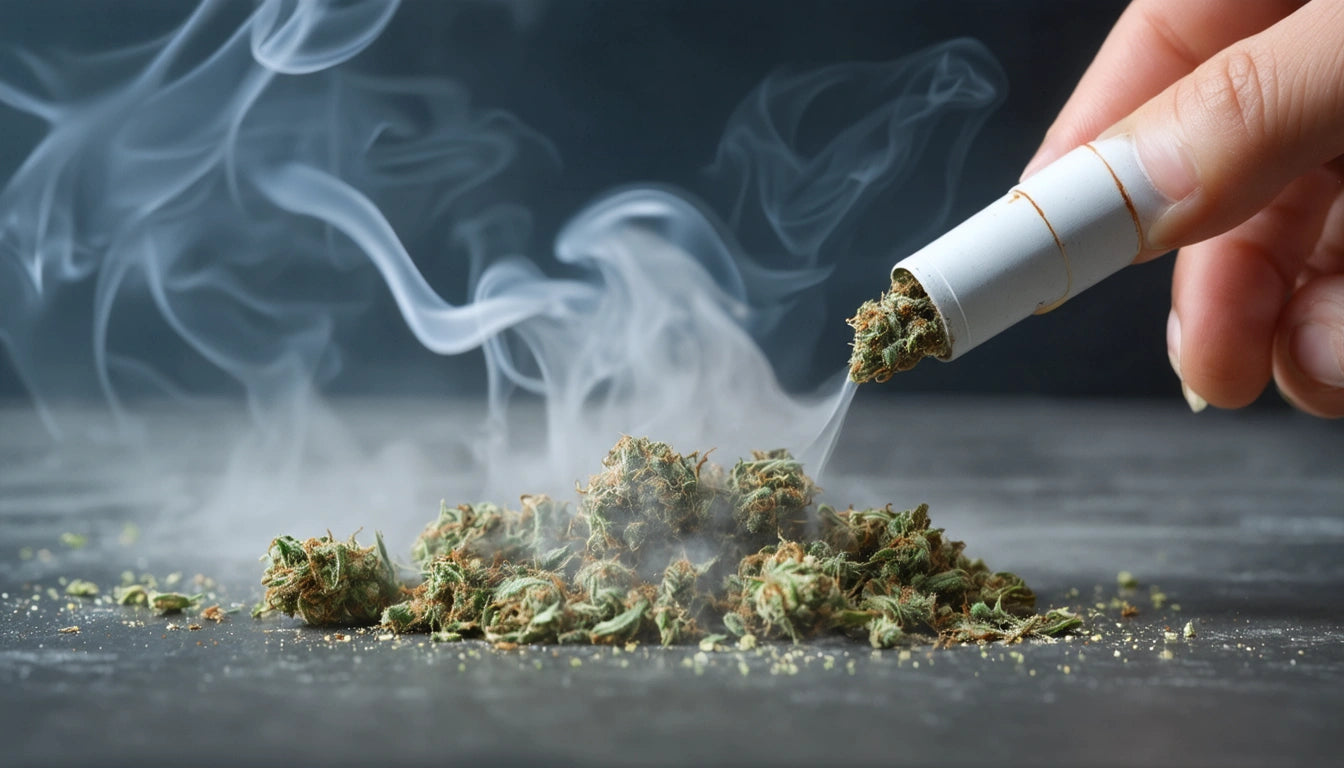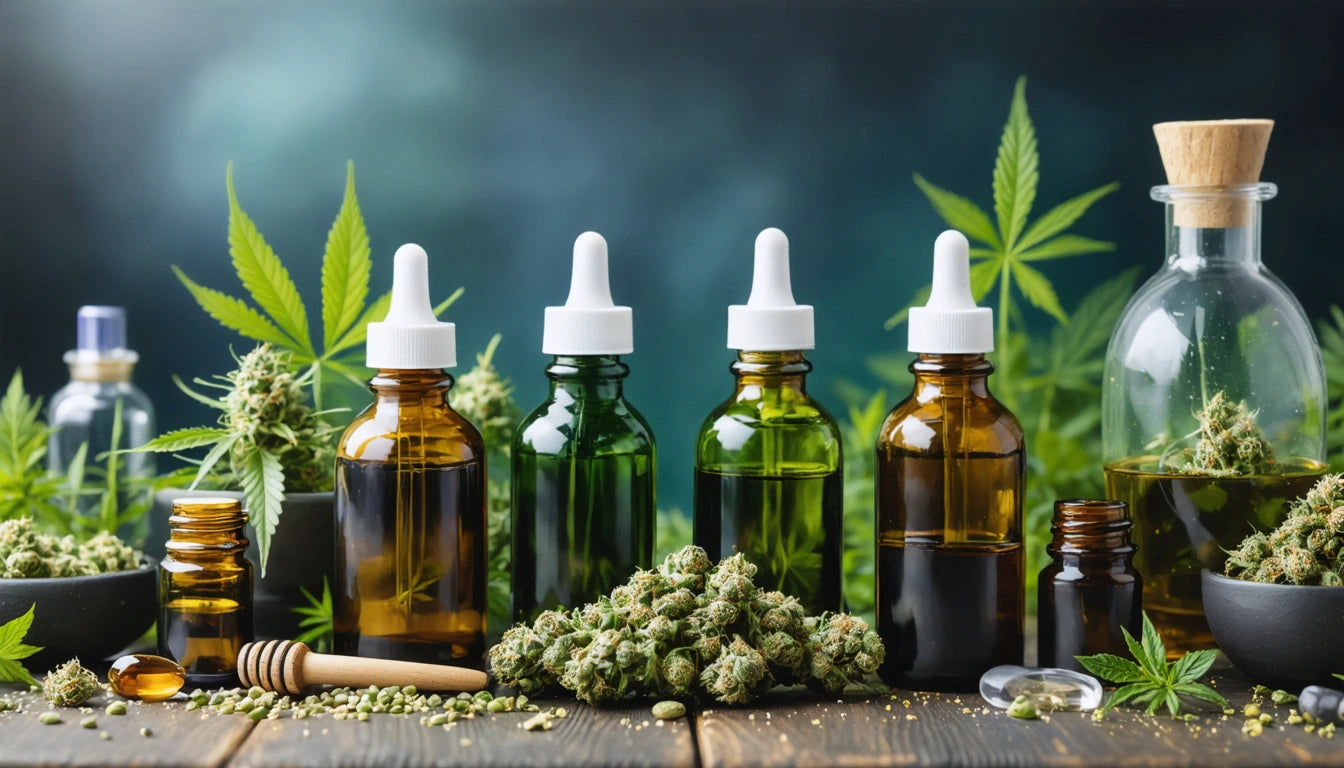Table of Contents
Guidelines for Safe and Responsible Marijuana Use: Frequency and Risks
Cannabis consumption varies widely among users, with questions about frequency often arising among both new and experienced consumers. Understanding how often you should smoke weed requires considering personal tolerance, reasons for use, and potential health impacts. This guide explores responsible usage patterns and risk awareness to help you make informed decisions about your cannabis consumption.
Understanding Cannabis Use Frequency
Cannabis affects each person differently based on factors including body chemistry, tolerance, and the specific product consumed. According to recent usage statistics, consumption patterns vary significantly across demographics and regions.
When determining how often you should consume cannabis, consider:
- Your experience level with cannabis
- Intended benefits (recreational, medicinal, stress relief)
- Personal and professional responsibilities
- Existing health conditions
- Local laws and regulations
For medical users, frequency is often prescribed by healthcare providers. Recreational users typically develop patterns based on personal experience and lifestyle factors.
Daily vs. Weekly Cannabis Consumption
Weekly Consumption Considerations
For many casual users, limiting consumption to weekends or 1-3 times per week provides several benefits:
- Maintains lower tolerance levels
- Reduces potential dependency concerns
- Minimizes impact on cognitive function
- Often more economical
The question of how many times a week should I smoke weed depends largely on your personal health goals and lifestyle demands. Weekend-only use allows for full cognitive function during workdays while providing recreational benefits during leisure time.
Daily Consumption Patterns
Some users, particularly those using cannabis medicinally, may consume daily. If considering daily use, important questions include how many times a day should I smoke weed and at what dosages.
For daily consumers, best practices include:
- Setting specific times rather than consuming throughout the day
- Maintaining cannabis-free periods to assess baseline mental state
- Using the minimum effective dose
- Taking regular tolerance breaks (T-breaks)
Signs of Excessive Cannabis Use
Recognizing when consumption patterns become problematic is essential for maintaining wellness. Warning signs that may indicate it's time to reassess usage include:
- Difficulty fulfilling work, school, or home responsibilities
- Needing significantly more cannabis to achieve desired effects
- Spending excessive time obtaining, using, or recovering from cannabis
- Continued use despite negative consequences
- Withdrawal symptoms when not using
If you're experiencing these signs, consider consulting a healthcare provider. Learning to recognize when you've consumed too much is an important skill for all cannabis users.
Laced Cannabis: Concerns and Prevention
A common concern among cannabis consumers is how often is weed laced with other substances. While sensationalized in media, the actual occurrence of laced cannabis from licensed dispensaries is extremely rare due to testing requirements.
However, cannabis from unregulated sources may present risks. Potential adulterants can include:
- Synthetic cannabinoids
- Pesticides or other chemicals
- Psychoactive substances
- Glass beads or other materials to increase weight
To minimize risks:
- Purchase from licensed, reputable dispensaries
- Examine products before consumption
- Be wary of unusually low prices
- Trust your senses - unusual smells, tastes, or effects warrant caution
Understanding how long cannabis effects typically last can help identify potentially adulterated products that produce unusual experiences.
Measuring and Tracking Your Consumption
Precise measurement helps maintain consistent dosing and responsible use patterns. Using accurate digital scales for weighing cannabis ensures you're consuming the intended amount, particularly important for those monitoring their intake carefully.
Tracking methods include:
- Cannabis journals documenting consumption amounts, times, and effects
- Mobile apps designed for cannabis consumption tracking
- Setting specific quantity limits per day or week
- Measuring THC/CBD content, not just flower weight
Consistent measurement helps identify patterns and make adjustments to find your optimal consumption frequency.
Healthier Cannabis Consumption Methods
How you consume cannabis impacts both the effects and potential health risks. Exploring healthier consumption methods can reduce respiratory concerns associated with smoking.
Alternative consumption methods include:
- Vaporizing (reduces combustion byproducts)
- Edibles (eliminates respiratory concerns but requires careful dosing)
- Tinctures (precise dosing with faster onset than edibles)
- Topicals (for localized effects without psychoactivity)
The method chosen may influence how frequently you consume, as effects vary in duration and intensity. For example, edible effects last significantly longer than inhaled methods, potentially reducing necessary consumption frequency.
Developing Personal Usage Guidelines for Long-term Wellness
Creating personalized boundaries around cannabis use helps maintain a healthy relationship with the plant. Consider developing guidelines that address:
- Maximum frequency (daily, weekly, or monthly limits)
- Consumption-free days or periods
- Situations where you'll avoid cannabis (work, driving, important events)
- Regular self-assessment of usage patterns and impacts
- Budget constraints to prevent excessive spending
Understanding the history and duration of cannabis effects provides context for developing these guidelines.
Ultimately, responsible cannabis use means finding a frequency that enhances rather than detracts from your life. By approaching consumption mindfully, measuring accurately, and regularly reassessing your relationship with cannabis, you can develop sustainable usage patterns that support your overall wellbeing.











Leave a comment
All comments are moderated before being published.
This site is protected by hCaptcha and the hCaptcha Privacy Policy and Terms of Service apply.